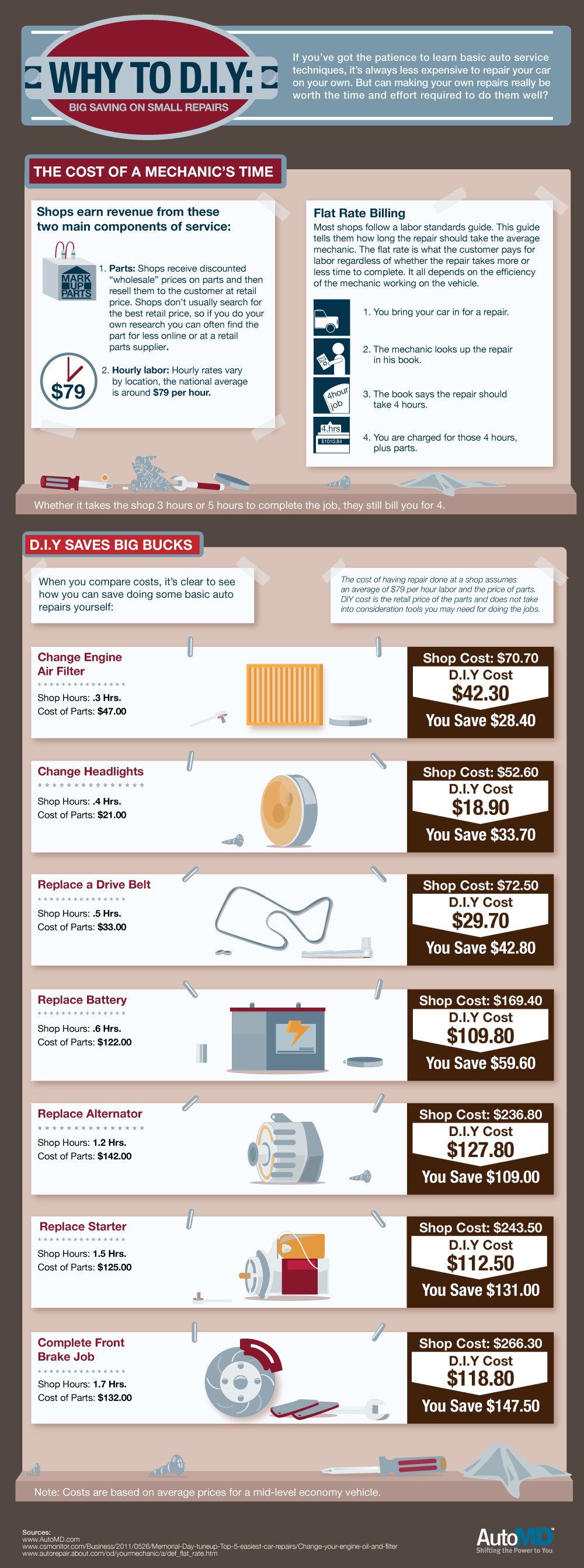Translating Your Vehicle'S Alert Lighting: Their Real Implications
Translating Your Vehicle'S Alert Lighting: Their Real Implications
Blog Article
Produced By-Samuelsen Gilbert
When you're behind the wheel, those radiant warning lights on your control panel can be a little bit puzzling. Do you recognize what they're attempting to tell you regarding your automobile's health and wellness? Understanding the significance of these lights is essential for your safety and security and the durability of your automobile. So, the following time among those lights appears, would not you want to analyze its message accurately and take the needed actions to address it?
Common Warning Lighting and Interpretations
Recognize typical warning lights in your vehicle and comprehend their significances to guarantee risk-free driving.
The most typical warning lights consist of the check engine light, which indicates concerns with the engine or exhausts system. If this light comes on, it's essential to have your lorry inspected quickly.
The oil stress warning light shows low oil stress, calling for prompt interest to avoid engine damages.
A blinking battery light might recommend a defective charging system, possibly leaving you stranded if not dealt with.
The tire pressure surveillance system (TPMS) light signals you to low tire pressure, influencing car security and gas effectiveness. Overlooking this might cause dangerous driving problems.
The abdominal muscle light indicates an issue with the anti-lock braking system, jeopardizing your ability to stop swiftly in emergency situations.
Last but not least, the coolant temperature level cautioning light warns of engine getting too hot, which can cause extreme damage otherwise fixed quickly.
Recognizing these common caution lights will certainly assist you attend to problems quickly and maintain safe driving conditions.
Importance of Prompt Interest
Understanding the typical caution lights in your vehicle is just the first step; the value of promptly addressing these cautions can't be stressed enough to ensure your safety and security when traveling.
When a warning light illuminates on your control panel, it's your cars and truck's method of communicating a possible issue that requires attention. Neglecting these cautions can bring about a lot more severe problems in the future, endangering your safety and security and possibly costing you more in repairs.
https://brakes95062.ziblogs.com/30374394/necessary-devices-every-auto-service-center-should-have to alerting lights can stop break downs and accidents. As an example, a blinking check engine light might suggest a misfire that, if left neglected, could create damages to the catalytic converter. Resolving this quickly can conserve you from a pricey fixing.
Similarly, a brake system advising light may signify low brake fluid or worn brake pads, essential elements for your safety and security when driving.
DIY Troubleshooting Tips
If you notice a warning light on your dashboard, there are a few do it yourself troubleshooting ideas you can attempt before seeking professional help.
The primary step is to consult your auto's handbook to understand what the certain warning light indicates. Occasionally the problem can be as straightforward as a loose gas cap setting off the check engine light. Tightening up the gas cap may solve the trouble.
One more typical issue is a low battery, which can set off various advising lights. Checking the battery connections for deterioration and ensuring they're secure could fix the problem.
If a warning light persists, you can try resetting it by separating the auto's battery for a few minutes and afterwards reconnecting it. In addition, inspecting your vehicle's liquid degrees, such as oil, coolant, and brake liquid, can help repair warning lights connected to these systems.
Verdict
In conclusion, comprehending your car's warning lights is crucial for keeping your vehicle running smoothly and safely. By without delay resolving these signals and understanding what they imply, you can stay clear of expensive repair services and possible breakdowns.
Remember to consult Recommended Webpage and truck's guidebook for certain details on each cautioning light and act appropriately to make sure a hassle-free driving experience.
Keep educated, remain safe when traveling!
